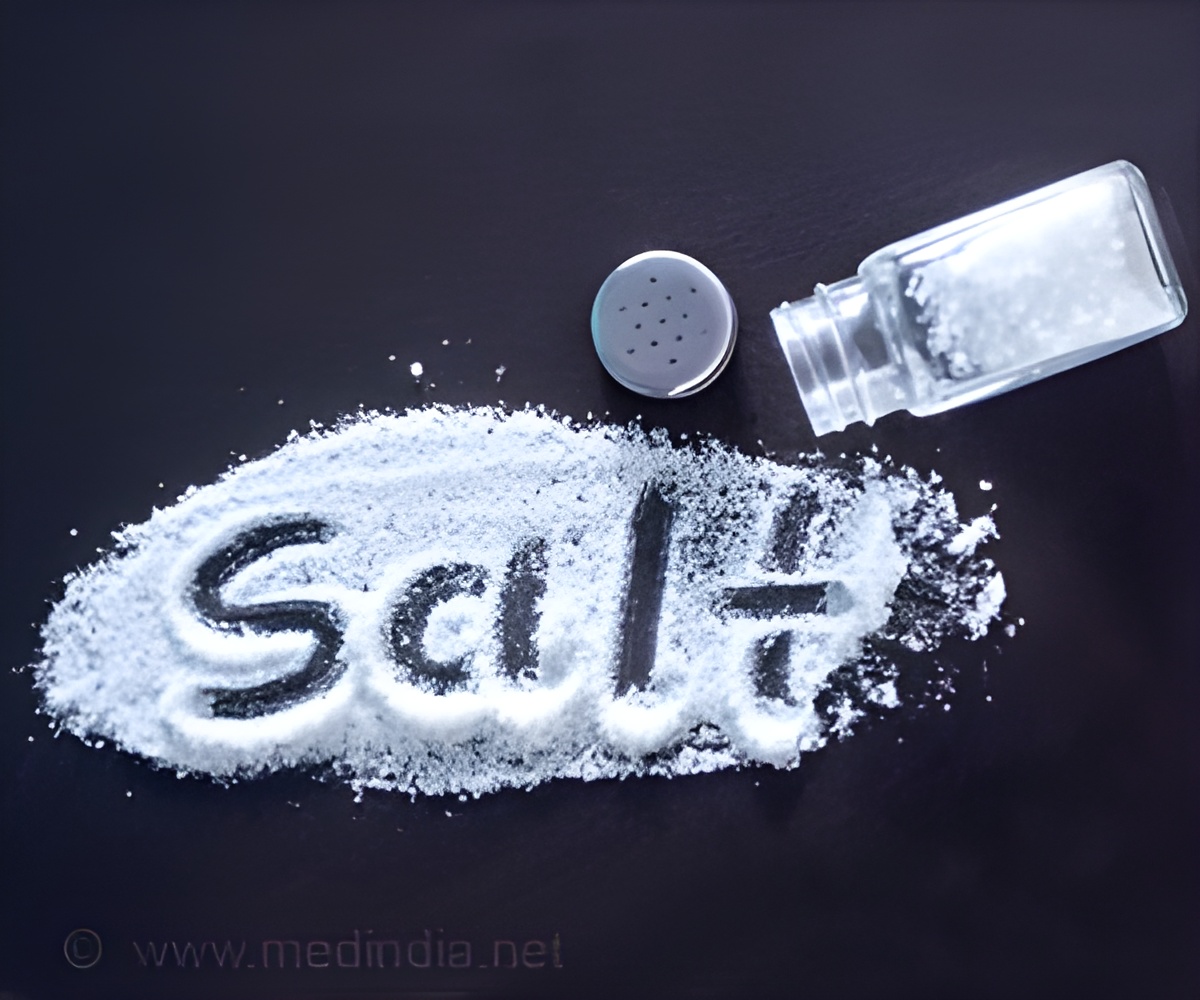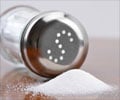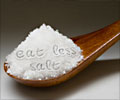Daily sodium intake estimation in the German population by measuring the sodium excreted in spot urine samples revealed higher than recommended sodium levels.

- The main source of sodium is salt. High salt intake has significant adverse effects on the health.
- Lowering the salt intake has potential health benefits. World Health Organization recommends a low salt intake.
- It is essential to interpret the sodium intake in a population before laying the strategies to decrease the salt intake.
- A study was conducted by the German Health Interview and Examination Survey for Adults (DEGS1) to estimate the sodium intake in its population using spot urine samples.
Adverse Health Effects of High Salt Intake
Although sodium is essential for normal functioning of the human body, high intake poses health risks. High salt intake plays a major role in elevated blood pressure. High blood pressure results in an increased risk of coronary heart disease, stroke, heart failure and kidney diseases which are the main causes of the morbidity and mortality worldwide. Elevated blood pressure contributes to 54% of the strokes and 47% of the coronary vascular events worldwide. Several studies showed a decrease in the blood pressure with the decrease in the daily salt intake. In one such study, the reduction in daily intake of sodium from 154 mmol to 103 mmol in obese subjects with blood pressure in the normal range resulted in an improvement in the endothelial function of their hearts.WHO recommends salt intake of <5g/day in adults or sodium intake <85 mmol/day. To improve the overall cardiovascular health, American Heart Association recommends less than 65m.mol of sodium per day. The Panel on Dietary Reference Intakes for Electrolytes and Water of the Institute of Medicine (IOM) set the adequate intake (AI) of sodium for young adults at 65 mmol per day. Many countries have laid down and employed salt reduction strategies. Germany has not implemented the salt reduction strategy because of the ambiguity about salt intake in Germans.
Although 24-hour urine sample collection would have resulted in a better assessment of the sodium intake, it would have been difficult to conduct it in a population as large as this.It would have been costlier and difficult to comply with for the participants as well. Therefore though spot collection may not be able to accurately gauge the sodium intake yet it is a cost effective and convenient method to estimate the range.
The study results revealed that it is important to create awareness regarding the health hazards of high salt consumption and to advise people to decrease salt intake as per the recommendations. It is essential to reduce salt intake and prevent adverse health effects in a cost effective manner.
- Klenow, S., M. Thamm, and G.B.M. Mensink, Sodium intake in Germany estimated from sodium excretion measured in spot urine samples. BMC Nutrition, 2016. 2(1): p. 1-11.
- The Use of Urine Biomarkers to Estimate Population Sodium Intake (https://www.cdc.gov/salt/pdfs/sodium_reduction_biomarkers.pdf)
- Health Risks and Disease Related to Salt and Sodium (https://www.hsph.harvard.edu/nutritionsource/salt-and-sodium/sodium-health-risks-and-disease/)
- Appel, L.J., et al., The importance of population-wide sodium reduction as a means to prevent cardiovascular disease and stroke: a call to action from the American Heart Association. Circulation, 2011. 123(10): p. 1138-43.














